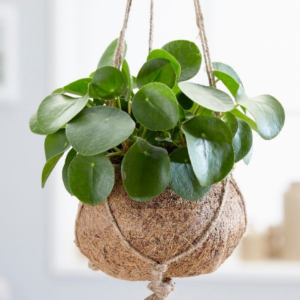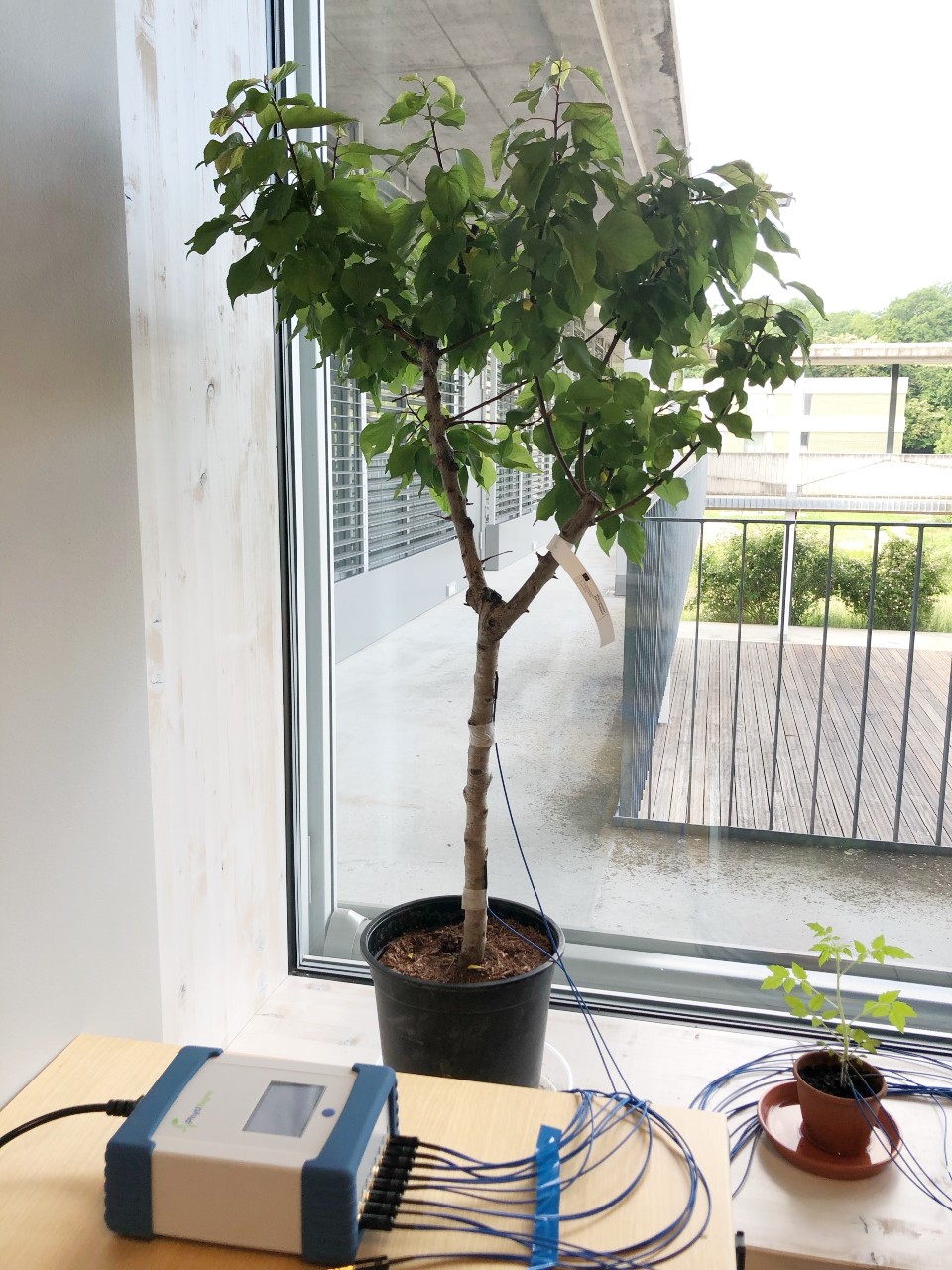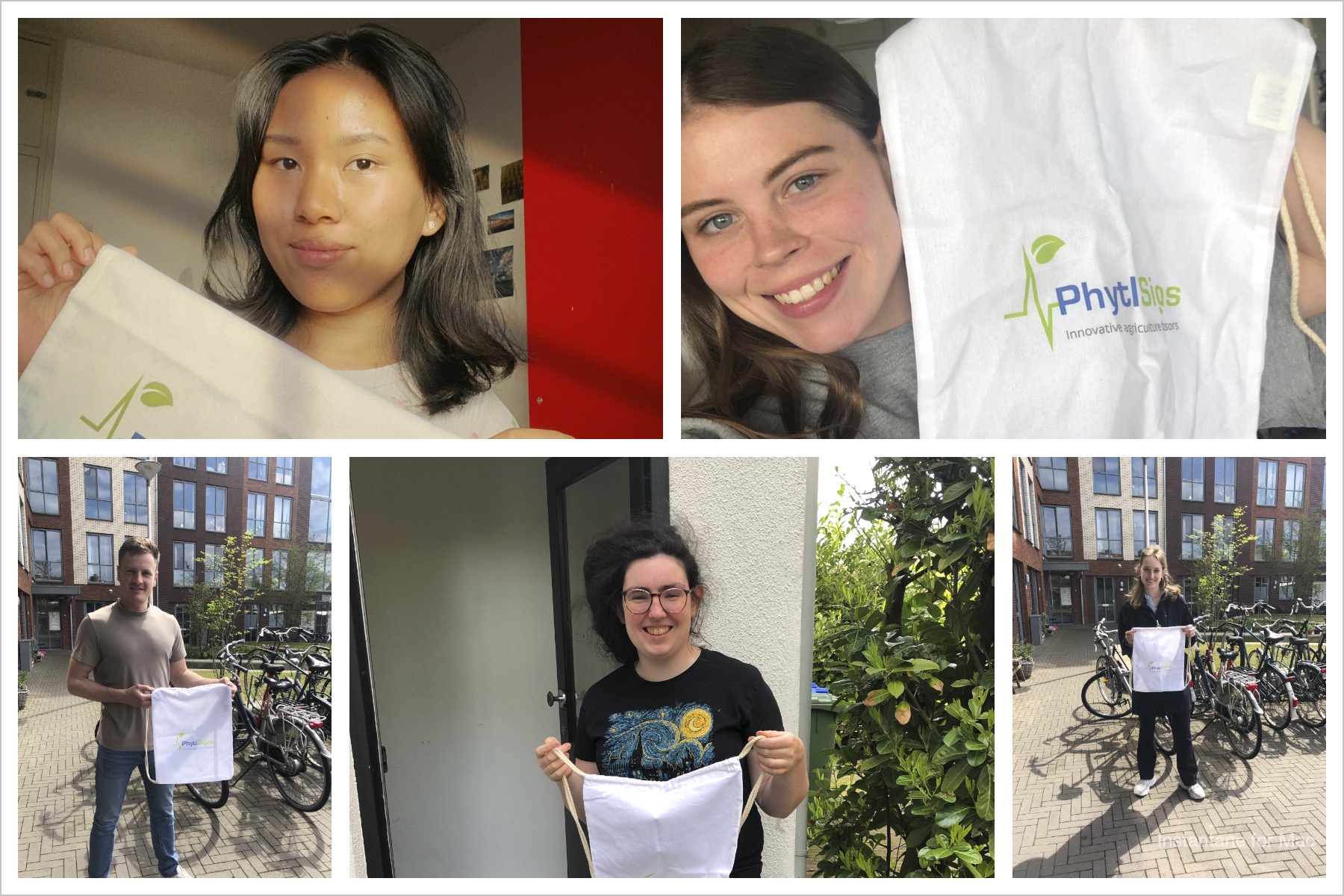
Over the summer we have seen first hand how PhytlSigns technology can inspire young student scientists to want to know more about plant biology by giving them tantalising access to the hidden and relatively unexplored world of plant communication via electrical signals.
Student Gus Saalfeld has based his final year school project around electrical signals in plants and in particular their role in the reaction of plants to changes in light intensity. Vivent provided Gus with a PhytlSigns device to help him research this with Pilea Peperioides (Chinese Money plant).

By being exposed to this microcosmic and hard-to-detect communication mode, students will begin to understand the complexity of how plants respond to changes in their environment, a great achievement for any educational programme whether at school or university level. They will also start to realise just how vital the understanding of this field is for future sustainable food production across the planet and hopefully be inspired to devote time and energy to making this goal a reality.
If you want to know more about this exciting field, a good starting point would be to read the following iconic books:
What a Plant Knows: A Field Guide to the Senses, by Daniel Chamovitz
Brilliant Green: The Surprising History and Science of Plant Intelligence, by Stefano and Alessandra Viola




